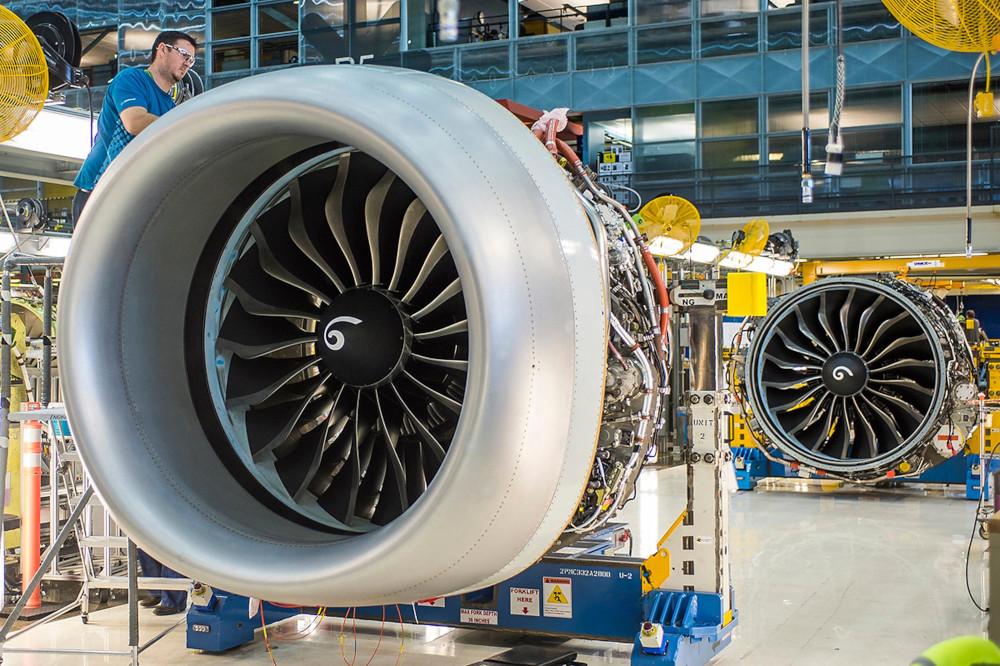
The durability problems of new-build narrowbody engines are great news for most engine lessors, which tend to stock the CFM International CFM56 and IAE V2500 powerplants that many airlines are turning to for cover.
Less certain is for how long this boost lasts and whether, in time, the CFM Leap and Pratt & Whitney Geared Turbofan (GTF) can be improved to the point where they offer similar time on wing to their predecessor engines.
“It is clear that time on wing for the Leap and GTF is currently compromised but we are comparing very mature and stable models in the CFM56 and V2500 with still immature models of Leap and GTF,” comments the incoming President and CEO of engine lessor ELFC, Richard Hough, in an interview with Aviation Week's Engine Yearbook 2024.
“The CFM56 and V2500 both also had entry-into-service issues that took a number of years to stabilize, but there were lower numbers in service so fleet management plans had less of an impact on operations," he says.
However, Hough adds that OEMs have told airlines they will need to own a higher ratio of new narrowbody spare engines than they did in the past.
“In effect this is an acknowledgment that time on wing will be lower, thereby increasing the percentage of required spare engines, which [bodes] well for lessors both in the short and long run," says Hough.
While lessors are scrambling to acquire good-condition CFM56 and V2500 models, the race is also on to build up GTF and Leap portfolios to feed spare engine demand that appears set for a long-term structural shift.
To find out more about how ELFC is sourcing new- and current-gen engines, as well as Hough’s views on the wider engine financing market, see the forthcoming Engine Yearbook 2024.
